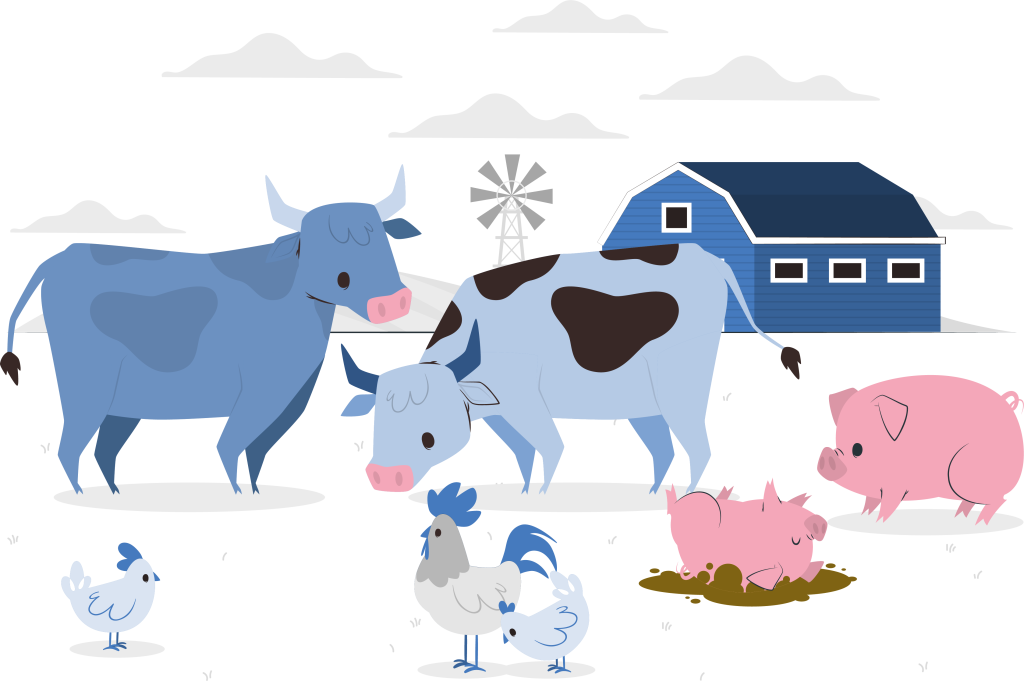Model-Dependency Bias: Netlogo & AI tutor

How it Works
- Animals forage for food in two habitats with different nutritional levels.
- If they don’t find food in time, they may die, with lighter animals at higher risk.
Your Task
You were hired to study the foraging behavior of animals. Run the simulation and analyze the system step by step, and answer using the following questions:
Why it Matters
This simulation highlights how data interpretation can be misleading when only one variable is explored. Different metrics may hide important aspects of the system. For example, analyzing averages may conceal disparities in the number of animals across different groups, potentially leading to survivor bias. It is recommended to study multiple metrics and perspectives to reach more accurate conclusions in animal systems like livestock production.

Livestock Sustainability Group – University of Minnesota

 Hi there! I’m your AI Tutor. Ask me anything about this activity, and I’ll help you out!
Hi there! I’m your AI Tutor. Ask me anything about this activity, and I’ll help you out!